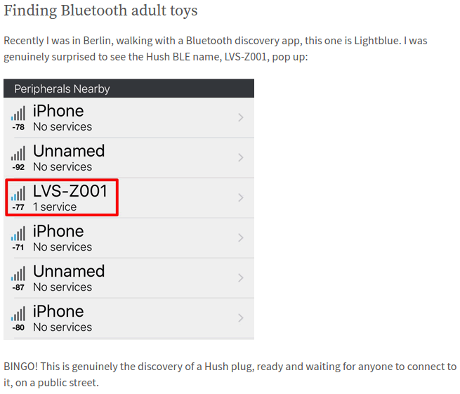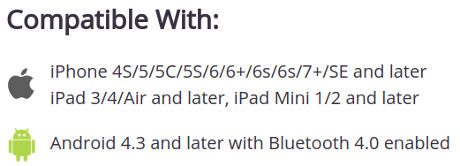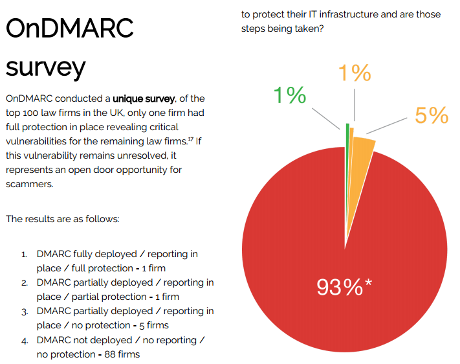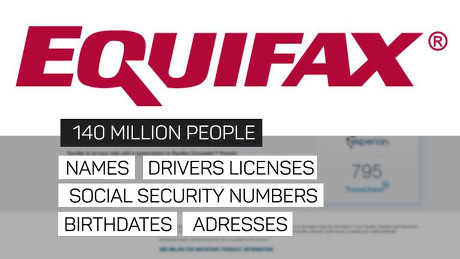Apology to all procrastinators, I just saw the Call for Proposals for XML Prague 2018
You only have 50 days (until November 30, 2017) to submit your proposals for XML Prague 2018.
Efficient people don’t realize that 50 days is hardly enough time to put off thinking about a proposal topic, much less fail to write down anything for a proposal. Completely unreasonable demand but, do try to procrastinate quickly and get a proposal done for XML Prague 2018.
The suggestion of doing a “…short video…” seems rife with potential for humor and/or NSFW images. Perhaps XML Prague will post the best “…short videos…” to YouTube?
From the webpage:
XML Prague 2018 now welcomes submissions for presentations on the following topics:
- Markup and the Extensible Web – HTML5, XHTML, Web Components, JSON and XML sharing the common space
- Semantic visions and the reality – micro-formats, semantic data in business, linked data
- Publishing for the 21th century – publishing toolchains, eBooks, EPUB, DITA, DocBook, CSS for print, …
- XML databases and Big Data – XML storage, indexing, query languages, …
- State of the XML Union – updates on specs, the XML community news, …
- XML success stories – real-world use cases of successful XML deployments
There are several different types of slots available during the conference and you can indicate your preferred slot during submission:
- 30 minutes
- 15 minutes
- These slots are suitable for normal conference talks.
- 90 minutes (unconference)
- Ideal for holding users meeting or workshop during the unconference day (Thursday).
All proposals will be submitted for review by a peer review panel made up of the XML Prague Program Committee. Submissions will be chosen based on interest, applicability, technical merit, and technical correctness.
Authors should strive to contain original material and belong in the topics previously listed. Submissions which can be construed as product or service descriptions (adverts) will likely be deemed inappropriate. Other approaches such as use case studies are welcome but must be clearly related to conference topics.
Proposals can have several forms:
- full paper
- In our opinion still ideal and classical way of proposing presentation. Full paper gives reviewers enough information to properly asses your proposal.
- extended abstract
- Concise 1-4 page long description of your topic. If you do not have time to write full paper proposal this is one possible way to go. Try to make your extended abstract concrete and specific. Too short or vague abstract will not convince reviewers that it is worth including into the conference schedule.
- short video (max. 5 minutes)
- If you are not writing person but you still have something interesting to present. Simply capture short video (no longer then 5 minutes) containing part of your presentation. Video can capture you or it can be screen cast.
I mentioned XSLT security attacks recently, perhaps you could do something similar on XQuery? Other ways to use XML and related technologies to breach cybersecurity?
Do submit proposals and enjoy XML Prague 2018!






